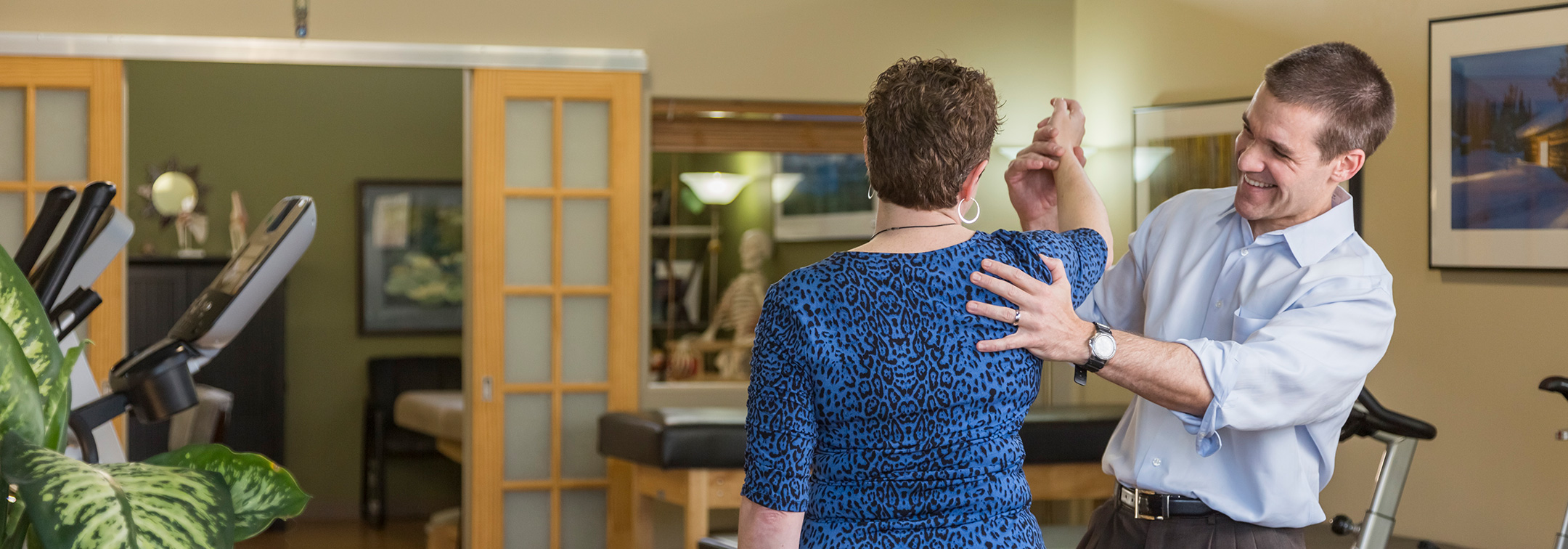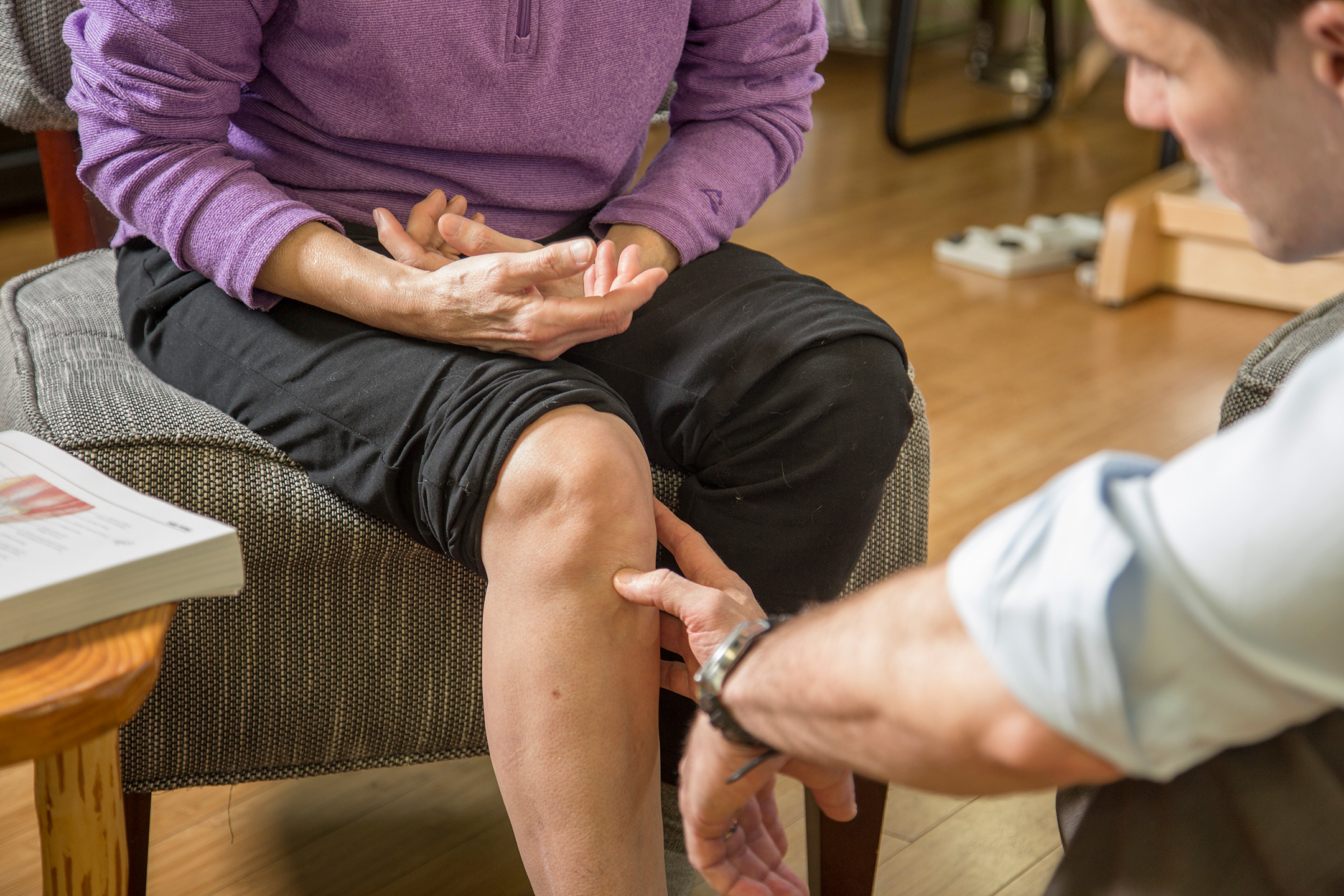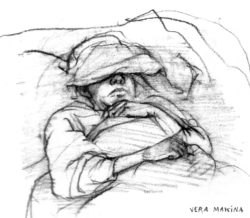
What is Physical Therapy?
Physical therapy is a licensed healthcare profession that emphasizes treatment to restore a person’s physical ability to function in life. After an undergraduate education that includes a foundation of biological, physical, and social sciences, the three-year doctoral education in physical therapy includes a breadth of other biological and physical sciences, study of other organ systems and knowledge and recognition of medical pathologies, pharmacology, the knowledge of statistics and research methods needed to use evidence of accuracy and effectiveness to guide our treatments. Physical therapy, as does medicine, involves training and practice in a variety of specialties.
What are the different Specialties within Physical Therapy?
The American Board of Physical Therapy Specialties (ABPTS) recognizes ten areas of specialization for Board Certification: orthopedics, neurology, oncology, pediatrics, sports, cardiovascular and pulmonary care, geriatrics, women’s health, wound management, and clinical electrophysiology. Vestibular rehabilitation is generally considered a subspecialty of neurology.

What is Orthopedic Rehabilitation?
Orthopedics is the area of healthcare dealing with problems of the musculoskeletal system—muscle, tendon, ligament, joint, fascia, cartilage, and peripheral nerves.
Physical therapy treats these conditions with a combination of hands-on therapies and training in movement and exercise to address the underlying cause and aid in functional recovery.

What is Vestibular Rehabilitation?
The vestibular system senses and responds to position and motion, using the inner ear, neck, and many areas of the nervous system. A wide variety of problems in this system can cause dizziness and loss of balance. A specialist in vestibular rehabilitation uses examination techniques to identify the root cause and apply appropriate treatments.
What are Migraines?
“In no other condition may we find the complete physiological experiment in a human being which the migrainous attack provides. We see, we may feel ourselves, the gradual disintegration of function of the normal person, exactly as we do in a case of stroke or of brain tumor; but without the disaster of the permanent disability. Within a few minutes or an hour or so the attack is past; the symptoms and signs, which may include those of dysphasia and hemiplegia, double vision, vertigo, vomiting, bowel disturbance, water balance changes, personality disorders, have vanished.”
—William Gooddy, from the Foreword to Oliver Sachs’ Migraine
 Migraines are not simply severe headaches, but complex neurological events, still an area of intense scientific research. People suffering from migraines can have a strong genetic predisposition, or have them as a result of recent or remote head and neck injury. Treatment for migraines is usually multidisciplinary, including medications, changes in diet and other external factors, and physical treatments for associated musculoskeletal pain. Physical treatments include joint mobilization and manipulation for the cervical spine and TMJ, myofascial mobilization techniques, and dry needling.
Migraines are not simply severe headaches, but complex neurological events, still an area of intense scientific research. People suffering from migraines can have a strong genetic predisposition, or have them as a result of recent or remote head and neck injury. Treatment for migraines is usually multidisciplinary, including medications, changes in diet and other external factors, and physical treatments for associated musculoskeletal pain. Physical treatments include joint mobilization and manipulation for the cervical spine and TMJ, myofascial mobilization techniques, and dry needling.
What is Dry Needling?
Dry needling is most commonly used as an alternative to trigger point injections, using only the mechanical effect of the needle to disable muscle trigger points rather than injecting a drug. It is also frequently used as an alternative to injection of regenerative substances in painful tendons and ligaments, and to treat fascial pain. Its benefits rest on a foundation of scientific theory and decades of experimental medical research. Because no substances need to be injected, the technique uses only a very thin needle. Dry needling can be used in combination with electrical stimulation to relieve chronic myofascial pain.
What is the Role of Physical Therapy in Concierge Care?
Concierge care is a monthly subscription service offering a level of involvement in your healthcare that goes beyond scheduled appointment times, including the ability to be involved in health maintenance for long-term quality of life, and to address new problems and concerns as they come up. This includes rapid communication by text, email, phone, and video telehealth as needed, when an in-person appointment may not be necessary or quickly available. Physical therapists are also trained to surveil for problems that need medical attention, and in facilitating appropriate medical care when needed. Concierge care in physical therapy allows rapid access to the physical therapist for the purpose of quickly managing new physical problems, troubleshooting and triaging emergent health problems that require medical attention, navigating the healthcare system, and streamlining medical care as needed. Please contact us if you would like more information about this subscription service.